
Last September, Jeramie Strickland watched an elementary school student and his father toss a fishing line into a pond for the first time in Zion, Illinois.
“The family had never been fishing in their lives,” said Strickland, Director of Community Outreach for the Illinois Department of Natural Resources (IDNR). “The youth caught a first fish. The dad caught his first fish. Then they ate some fish cooked on the grill and they were blown away about how tasty it was.”

Those are the kinds of experiences that get Strickland out of bed each morning, he said. An African-American male who grew up in an underserved Englewood community in Chicago, Strickland has come to realize how important outreach is for those who aren’t exposed to nature.
“Some people in diverse communities have no idea about the water system, the soil and how we are connected to the land,” he said. “Even in an urban setting people can connect with and enjoy nature.”
Strickland, who earned a master’s degree in Ecology and Evolutionary Biology from Iowa University, worked as a wildlife biologist for the U.S. Fish and Wildlife Service and as manager of education and community outreach for Openlands in Chicago before joining the IDNR.
Born and raised on the south side of Chicago, Strickland said his family couldn’t afford to enroll him in after-school programs or summer camps. But he found his own way to enjoy the outdoors and nature. He spent time at Rainbow Beach along Lake Michigan and volunteered at pet stores.
“I got interested in water quality because here on the south side of Chicago, there was this pollution and contamination,” he said. “Rainbow Beach sometimes had to close due to pollution and I was not able to swim or fish.”
Strickland spent time growing up in both Alabama and Chicago. He recalls being about 6 years old and on a fishing trip with his stepfather when he saw a box turtle crossing the highway.
“I jumped out of the car and saved this turtle from being hit, and then I learned about habitat fragmentation,” he said. “That intrigued me.”
He added he knew that African Americans were a minority group who worked in the conservation profession, and he wanted to change that. Strickland attended the Chicago High School for Agricultural Sciences (CHSAS) where he learned about the animal science career pathway.
“I had some really good mentors, some role models who let me know it’s OK to be different. In the city, it was kind of weird for a kid to be fascinated with nature at an early age. I was catching garter snakes and spiders,” he added with a laugh, “I charged kids in the neighborhood to come and see them in my back yard. That was how I earned my lunch and video game money.”
Strickland said his time spent at CHSAS further sparked his interest in animal science and conservation and motivated him to attend Delaware State University, where he received a scholarship and earned a Bachelor of Science degree in Animal Science.

Since then, he’s won several awards for his skills in outreach, community engagement and mentoring youth. For example, he received the U.S. Fish and Wildlife Service Midwest Regional Director’s Outreach Award in 2017.
At the U.S. Fish and Wildlife Service Strickland helped recruit students into internship programs where they could do field research and attend seminars and workshops.
“It was a life-changing experience, just to see the smiles on their faces and how their interest grew,” he said. “A lot of those people had never been exposed to the outdoors.”
They accompanied Strickland in the field to learn about the environment and nature firsthand. Some of them later went on to work in the field of conservation.
“The conservation field can be intimidating,” Strickland noted. “I looked like the audience I was serving, which made them more comfortable.”
He left the job with the U.S. Fish and Wildlife Service to return to Chicago and care for his ailing mother, and landed a job at Openlands. One program he led for Openlands was called Birds in my Neighborhood.
“We were able to get more than 60 schools from four counties surrounding Chicago involved in that program,” he said.
Volunteer educators went into the classrooms to teach youth about birds, nature and conservation. The program also provided funding for buses to take them on field trips to local natural areas, including Volo Bog State Natural Area and Midewin National Tallgrass Prairie.
Some of the schools also took a field trip to Montrose Beach, where students saw the nesting pair of piping plovers, a state and federally endangered species, that were written about in many publications.
“They were so excited to see them with their naked eye,” Strickland recalled.
Strickland’s story is like many IDNR staff. He continues his outreach work, leading youngsters on birding, fishing and community gardening activities. In September 2022, about 150 young people and adults attended the Zion fishing derby that he helped organize. They ate Copi, a new and rebranded term for the flesh of the four species of invasive carp, and previously known as Asian carps (fish)—black, grass, bighead and silver. The experience enabled them to understand more about invasive species, and how Illinois is managing and controlling these species. This epicurean tasting introduced them first-hand to why harvesting bighead and silver carp (primarily) can deliver delicious Copi across Illinois.

The following month, 300 adults and young people came out for another fishing derby at Wolf Lake. Fishing poles were donated and given to the children.
One teacher who brought a group of students was a bit hesitant about some of them who had behavioral issues, he recalled. The students fished and watched birds.
The teacher told Strickland: “When the students got back to their classroom, they said fishing was a life-changing experience for them. Now they can’t stop asking for binoculars or little cups to catch critters.” The teacher later applied for nature grants to install pollinator gardens at school.
“It’s a huge challenge to get youth away from social media and video games,” Strickland said. “When out in nature we can detach them from that technology and share with them that ‘everyone belongs in nature.’”
“Youth may have seen people fishing on television, but when they bait a hook, throw in by themselves and get a bite, they can’t stop talking about it,” Strickland remarked. “They say, ‘I feel like I’m dreaming.’”
The major objectives of the Illinois Urban and Community Fishing Program include teaching children to fish, stocking sufficient numbers of catchable-sized fish to provide quality sport fishing opportunities for urban anglers, and attracting and introducing children to the outdoors by instilling an interest and appreciation for plants and animals. These program objectives have remained the same since 1985.
Strickland continues this heritage and is planning more fishing derbies and wants to set up nature camps to teach diverse communities to hunt. Such work continues to teach student of all ages the implications for population management and utilization of the harvested protein to for healthy living.
“I want to do more for IDNR to draw diverse and motivate minds into their work force,” he added. “I’m not a recruiter but I am serving in a recruiting role when the agency has job and career fairs. My experience is important to share in these diverse communities and provides opportunities for mentorships. I want to introduce them into the IDNR family.”
Sheryl DeVore writes environment and nature pieces for regional and national publications and has had several books published, including “Birds of Illinois” co-authored with her husband, Steven D. Bailey.






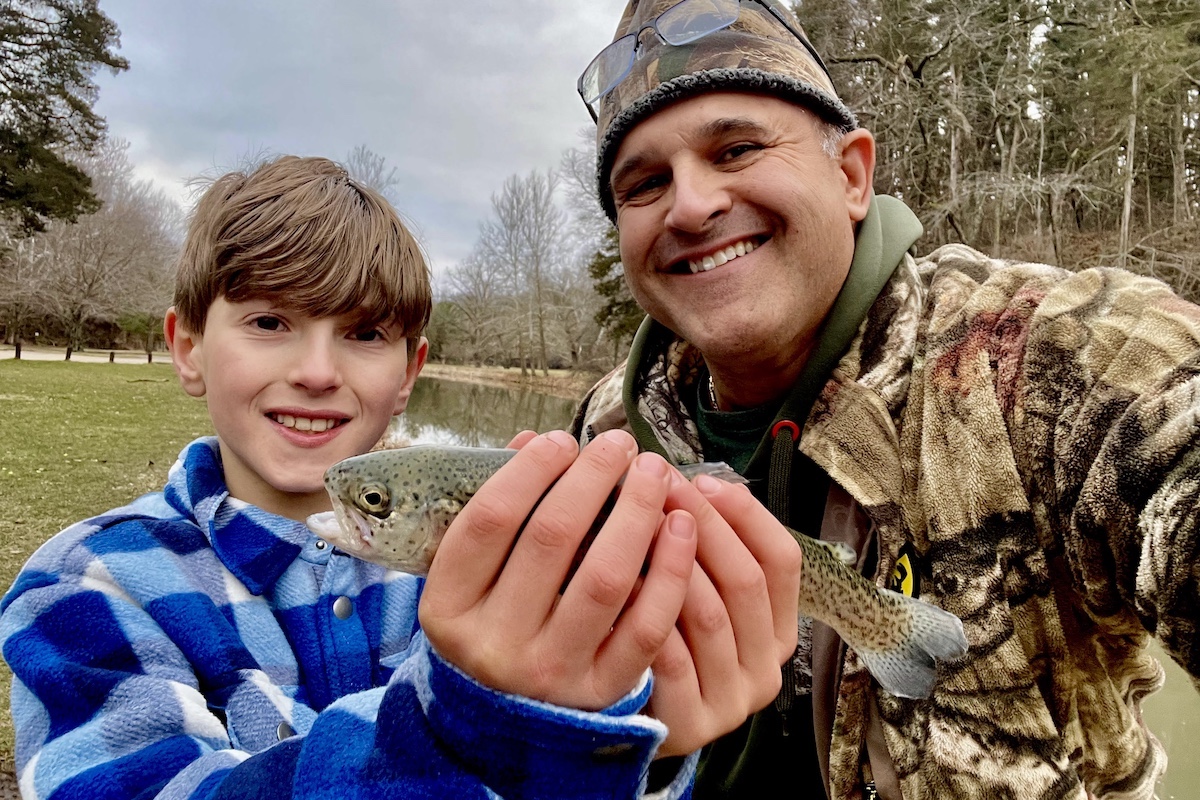
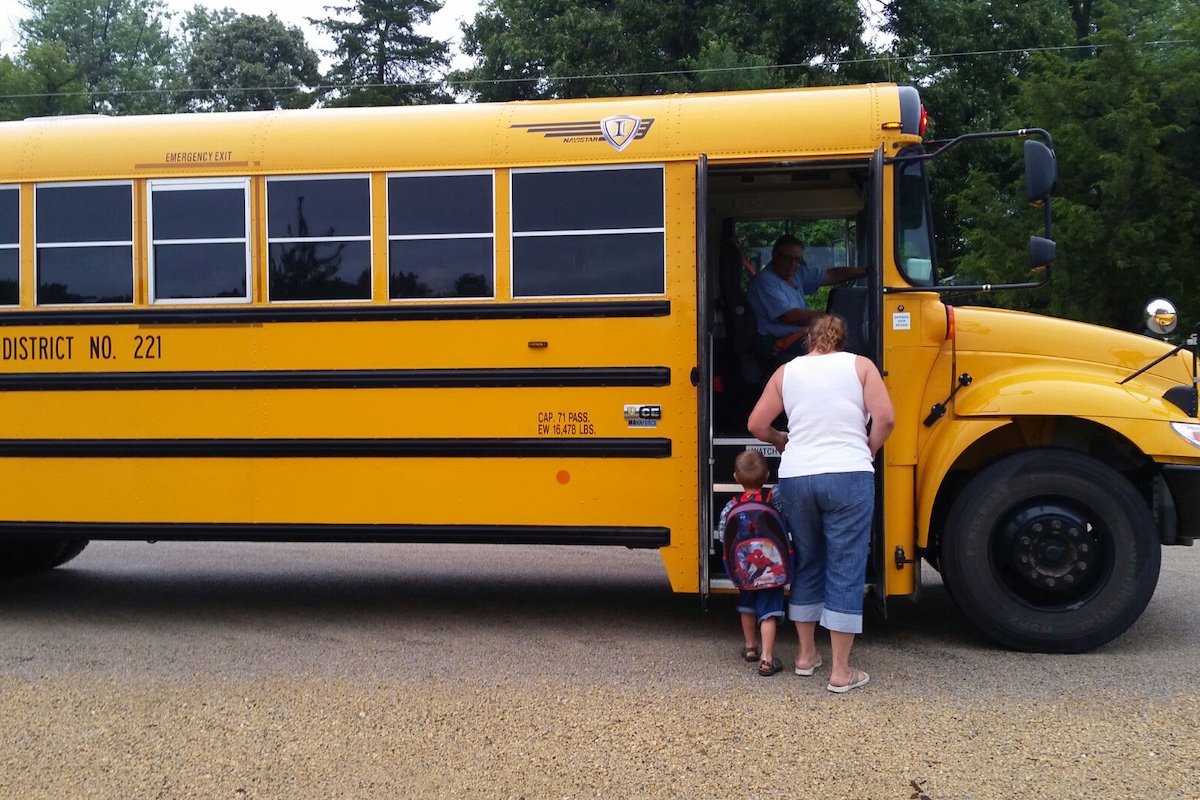

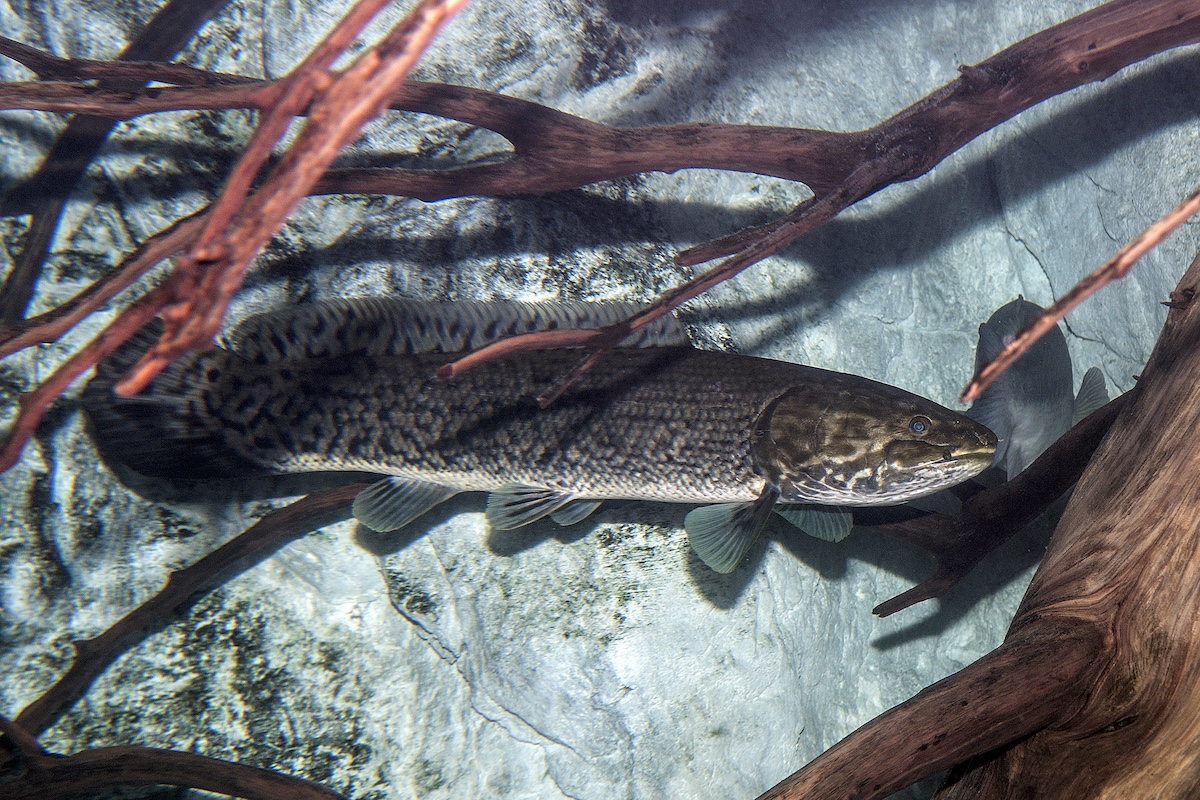
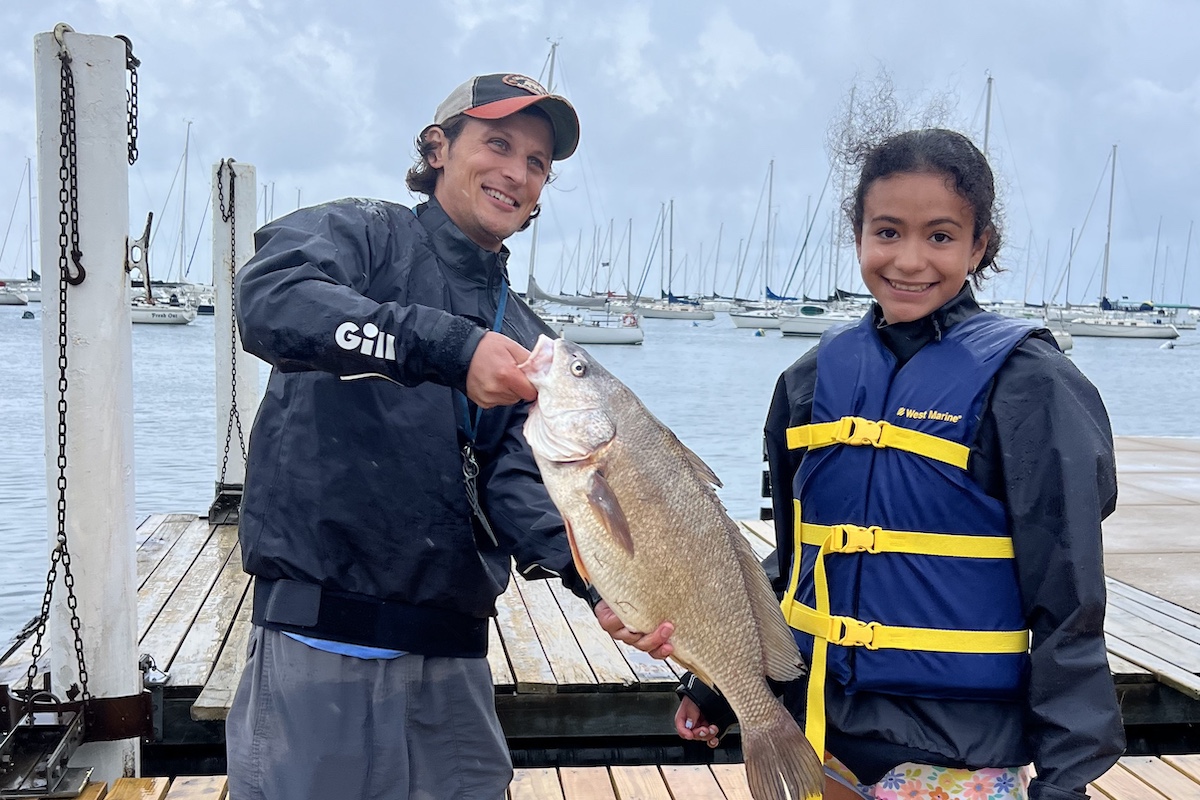
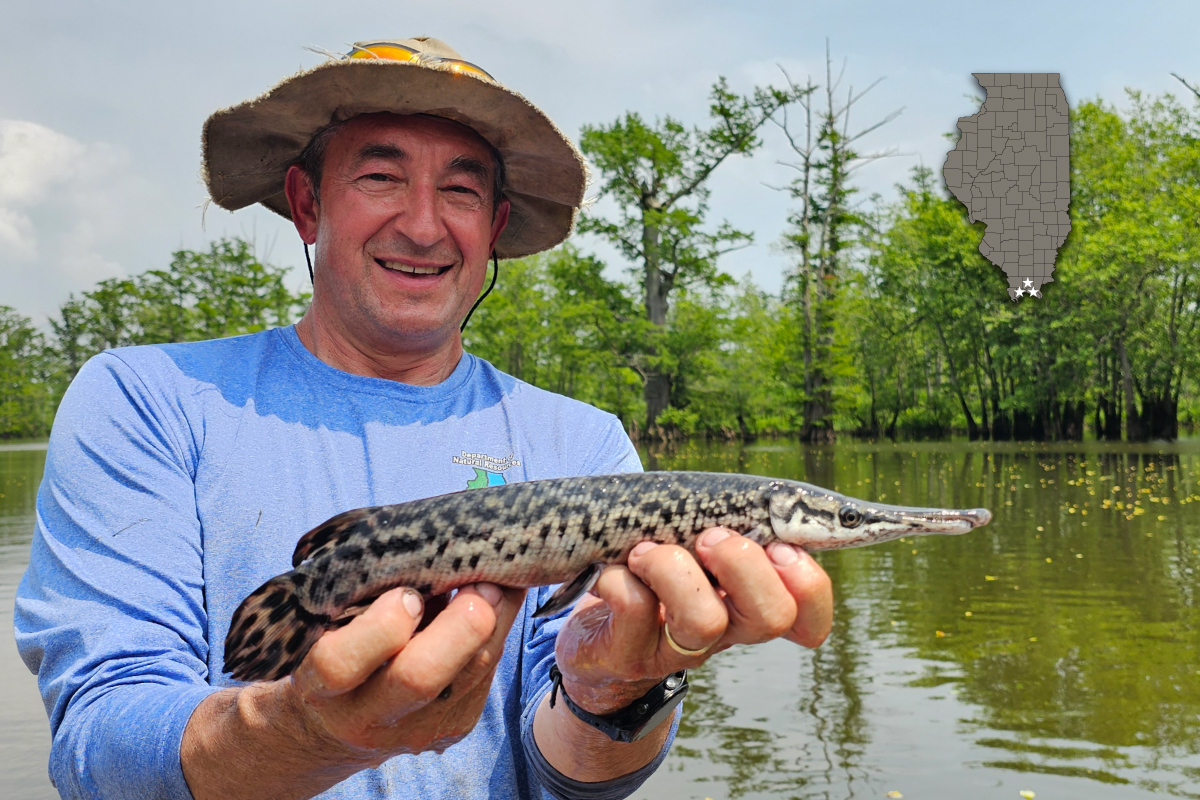
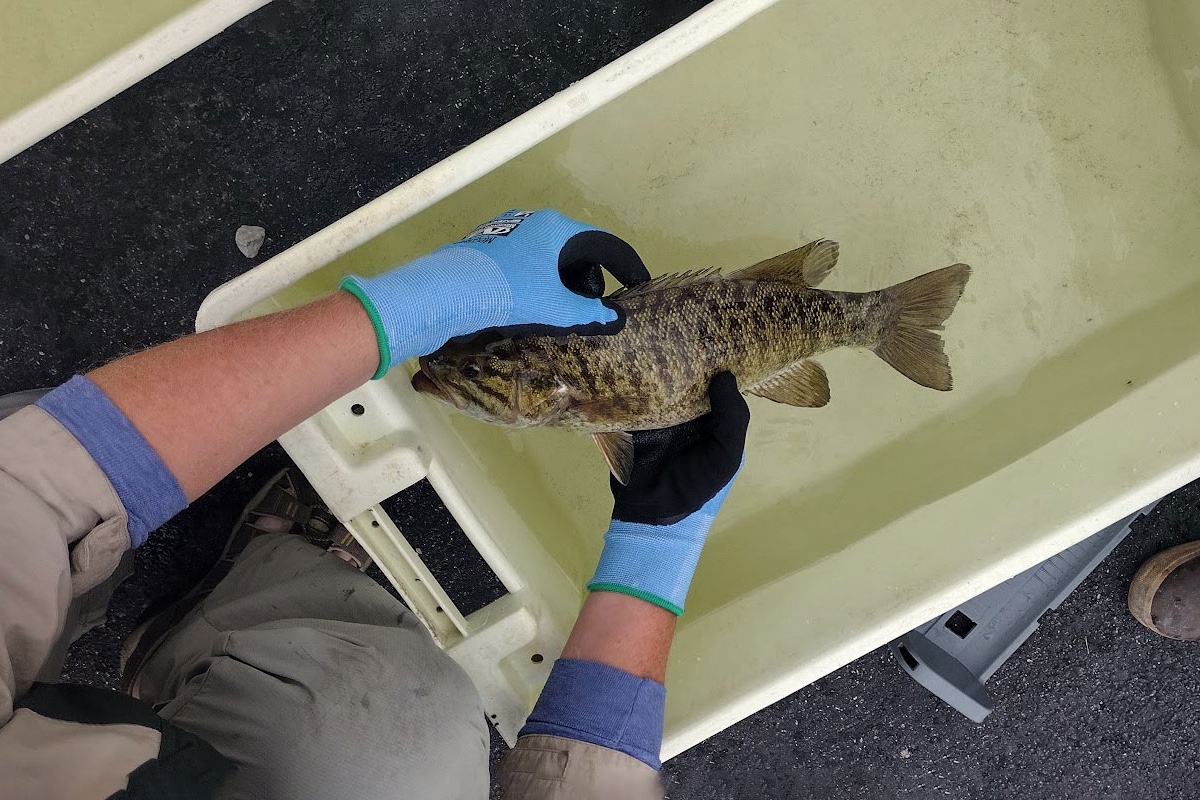
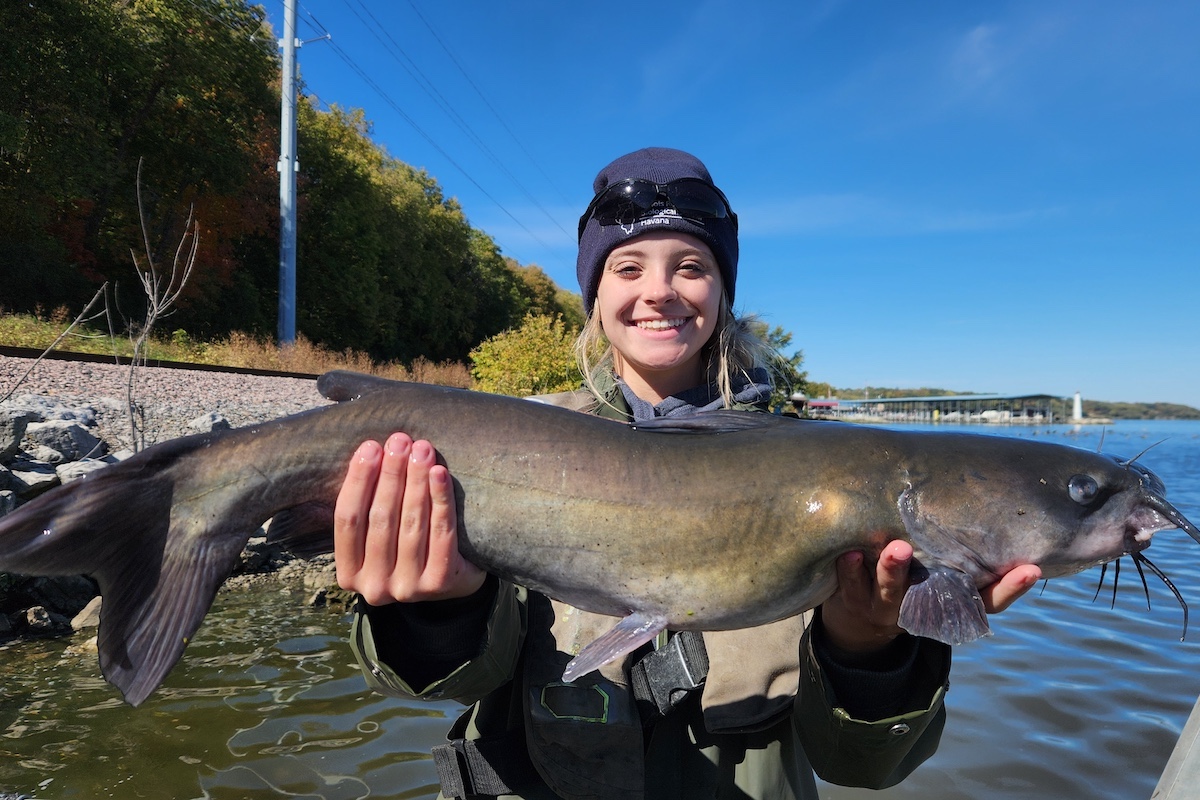
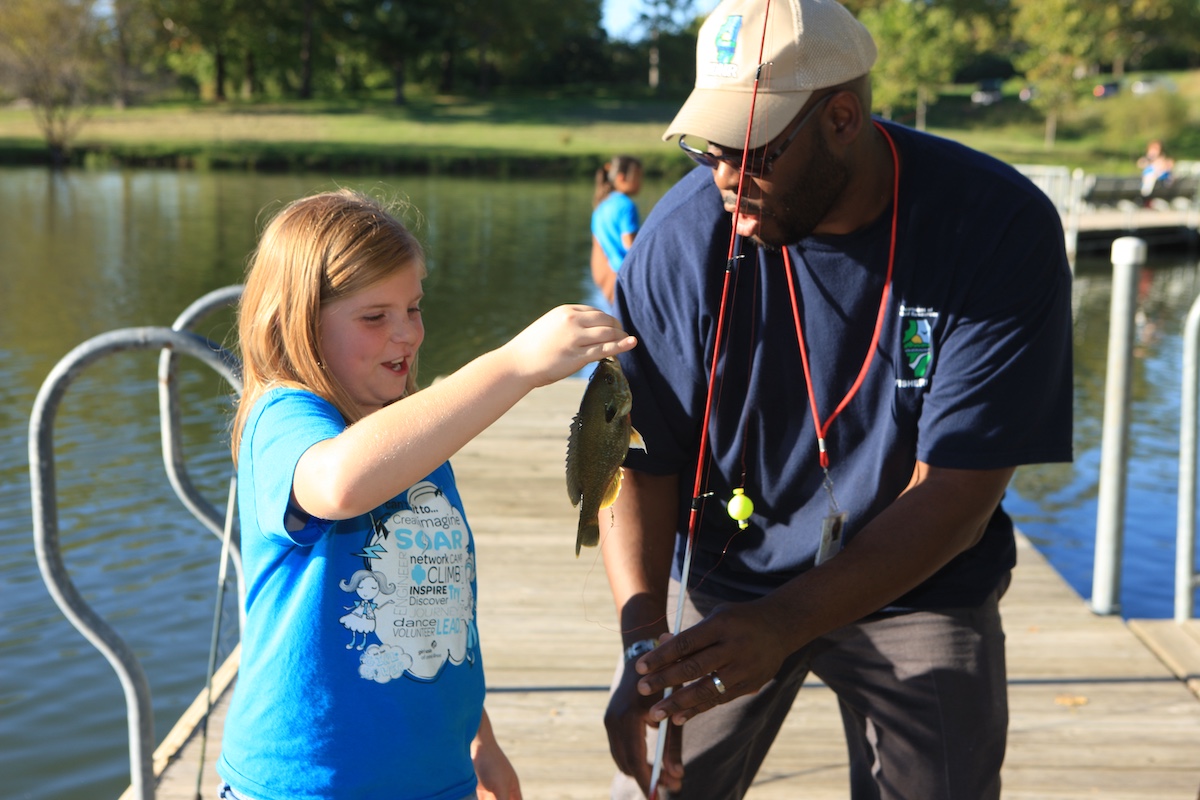
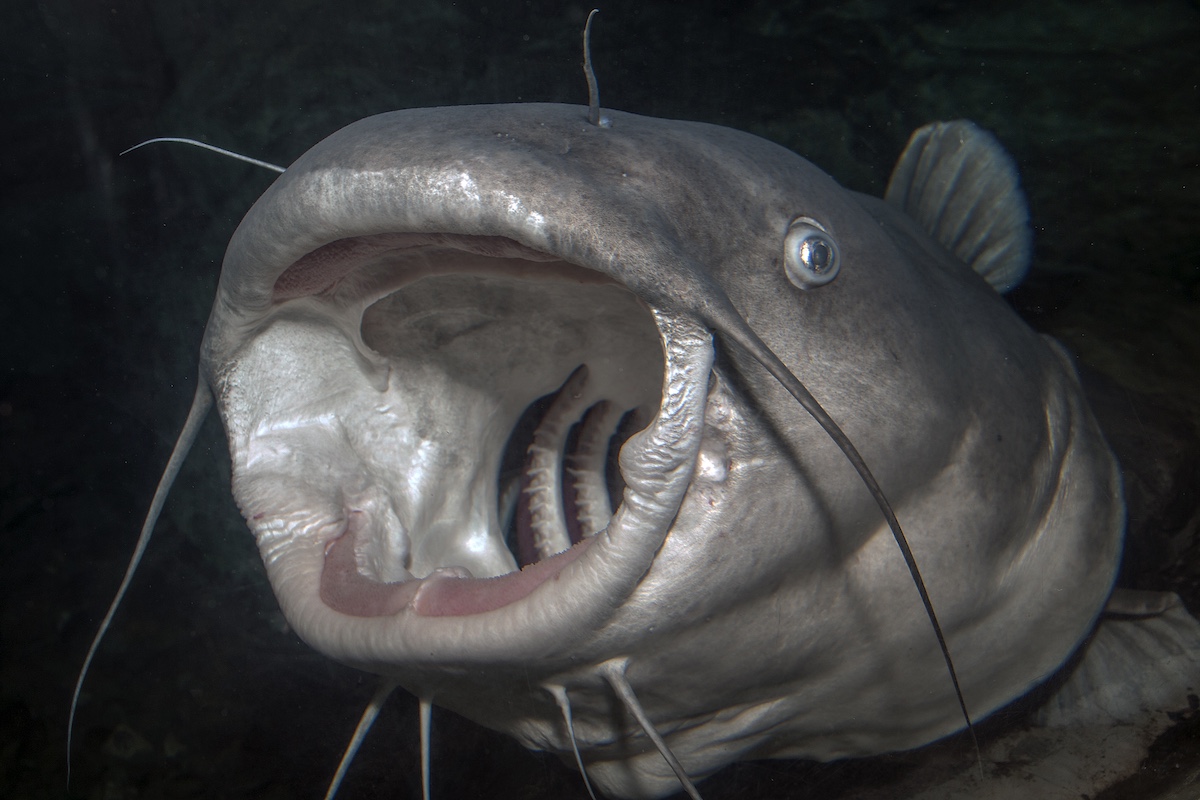
Submit a question for the author
Question: When will the next wildlife event take place